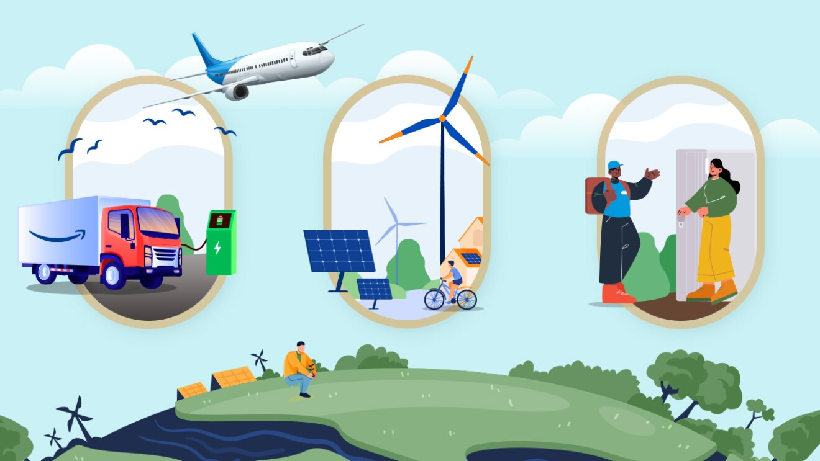In Short : The Global Stocktake holds potential as a pivotal moment for the energy sector’s ambition in climate action. By tracking climate pledges, it can ensure accountability, encourage higher ambitions, and foster collaboration. A comprehensive and transparent assessment can drive global efforts towards achieving sustainable energy goals and combating climate change effectively.
In Detail : The speed of clean energy transitions means that, globally, current NDC targets are within reach
Clean energy technology adoption has surged at an unprecedented pace over the last two years, with solar photovoltaics (PV) and electric vehicles (EVs) as notable examples. Through a combination of effective policies, expanding markets, and falling costs, clean energy technologies are shifting the outlook for emissions. They are expected to contribute around 7.5 gigatonnes (Gt) in emissions mitigated across the energy sector by 2030 against a Pre-Paris Agreement baseline, according to our updated IEA’s Net Zero Roadmap.
The momentum behind clean energy technologies means that the existing near-term climate goals set out by countries in Nationally Determined Contributions (NDCs) are almost within reach at a global level. However, the ambition of these NDCs globally is not aligned with the goals of the Paris Agreement yet.
The IEA analysed each NDC submission to understand how the energy sector would evolve if countries fully implemented their climate goals. Today, this comprehensive analysis is publicly available on the IEA’s Climate Pledges Explorer as part of our Global Energy Transitions Stocktake, which is the IEA’s contribution to the first Global Stocktake at COP28 in Dubai in November.
The first round of NDCs, submitted after the Paris Agreement came into force in 2016, would have led to an increase in CO2 emissions from fuel combustion in absolute terms up to 35 Gt CO2 in 2030 – about 8% above today’s emissions (33 Gt CO2 excluding industrial processes and international bunkers).
However, 90% of Paris Agreement signatories submitted updated NDCs as of October 2023. These reflect a substantial increase in ambition: updated NDCs now imply that energy sector emissions would peak this decade and fall to 30 Gt CO2 in 2030 – about 8% lower than today’s emissions. This represents an improvement of around 5 Gt CO2 compared to the first round of commitments. Approximately 2 Gt of reductions came from advanced economies while emerging markets accounted for 3 Gt, with the largest contributions coming from China, the United States, India, and the European Union.
It is not certain that all countries will meet the goals set out in their NDCs. In some cases, NDCs are not ambitious enough, with current policies more than sufficient to meet or even exceed the NDC goals. While in others, existing policies would not be enough to deliver on the stated NDC targets.
Each year, the IEA assesses how current trends and policies are set to change the global energy mix through its IEA’s Stated Policies Scenario (STEPS). In 2023, STEPS shows that current policies are almost sufficient to deliver on the collective ambition of existing NDCs. This is particularly true in emerging market and developing economies, where today’s policy and industry momentum is set to deliver, and in some cases surpass, current NDC targets. Conversely, advanced economies still require more domestic policy action to deliver on NDC targets, reflecting, in part, the need for more ambitious NDC targets in 2030. As the world turns to formulating the next round of NDCs before COP30, informed by the outcomes of the first Global Stocktake, some regions could enter the upcoming climate negotiations confident that they can deliver on enhanced NDC ambition.

